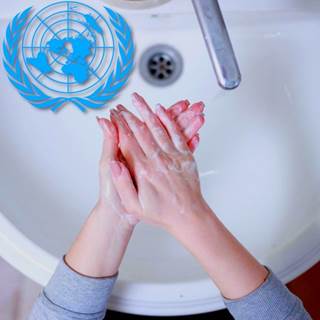Free Courses Sale ends Soon, Get It Now


Free Courses Sale ends Soon, Get It Now



Disclaimer: Copyright infringement not intended.
Context
Findings
Situation in Sub Saharan countries
Situation in Least developed Countries (LDCs)
Situation in Eastern and South-Eastern Asia
Concern
Conclusion and Way Ahead
© 2024 iasgyan. All right reserved